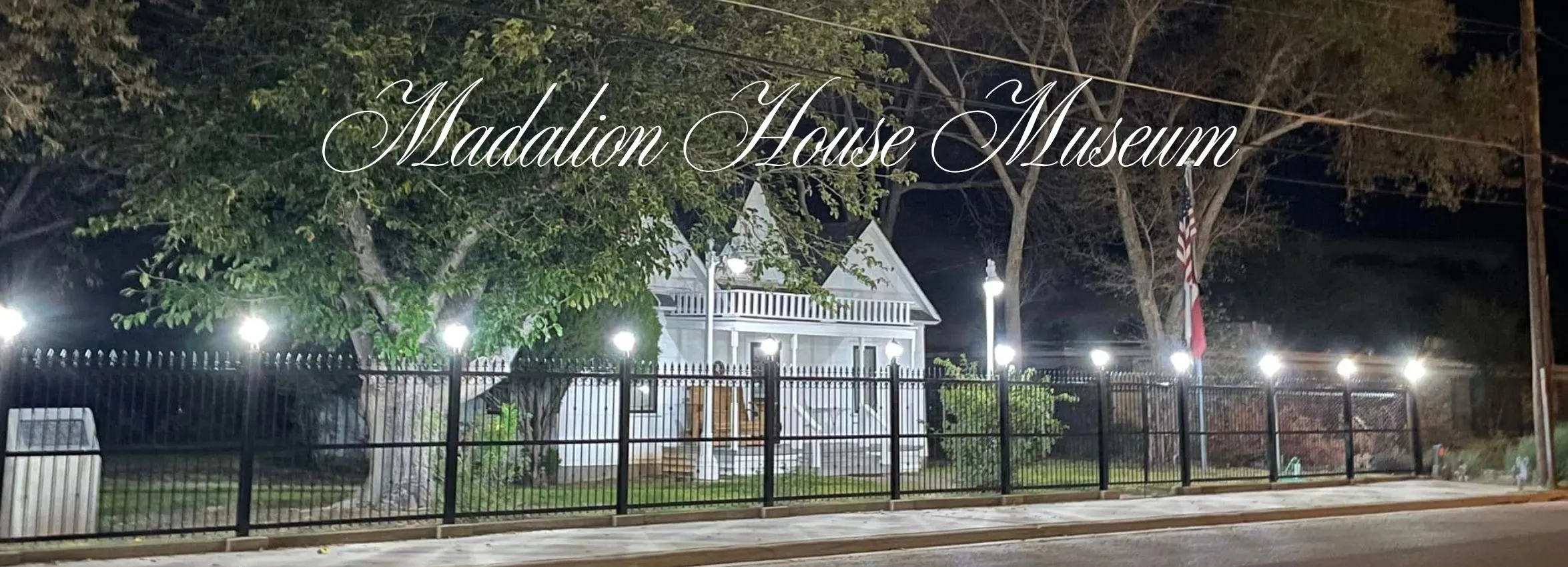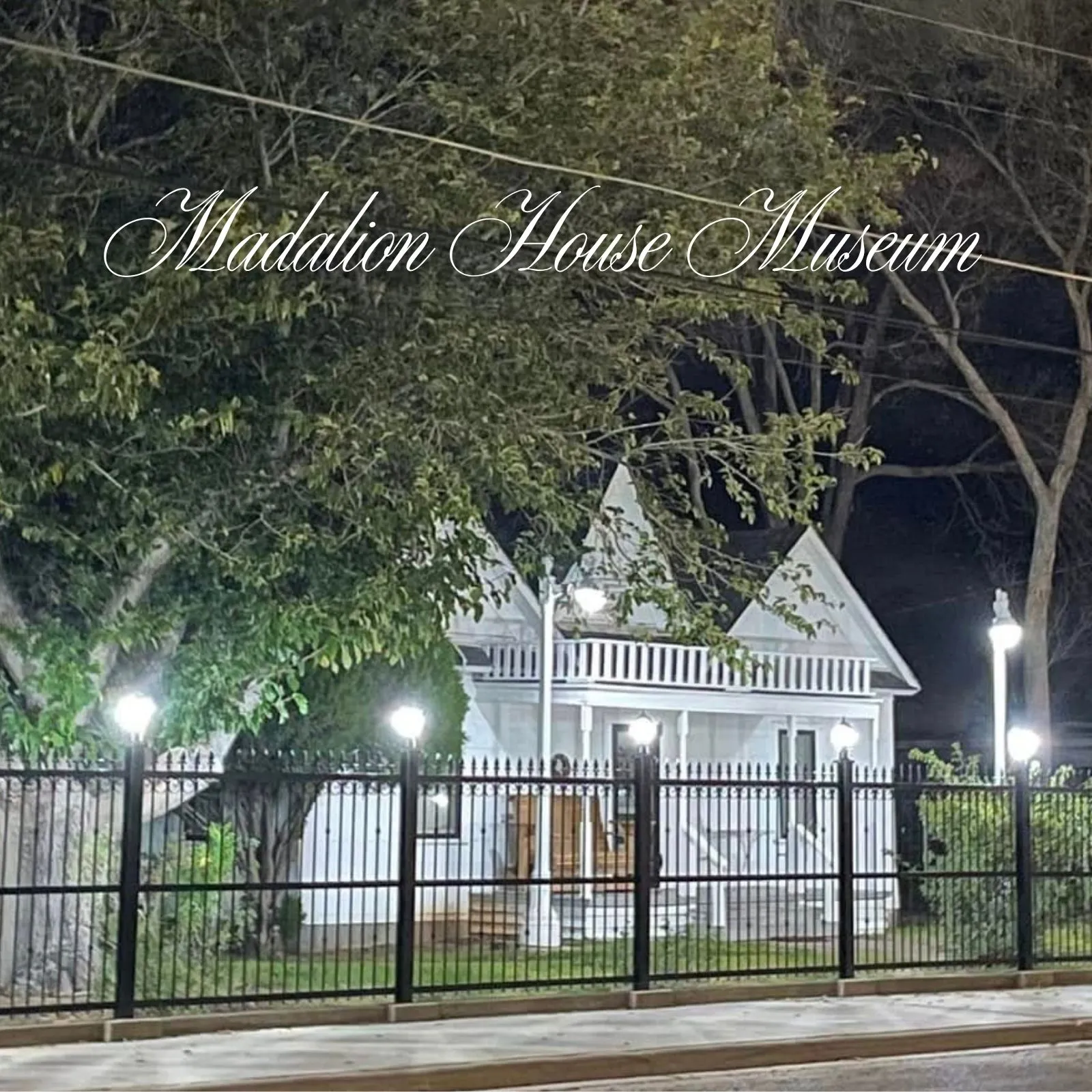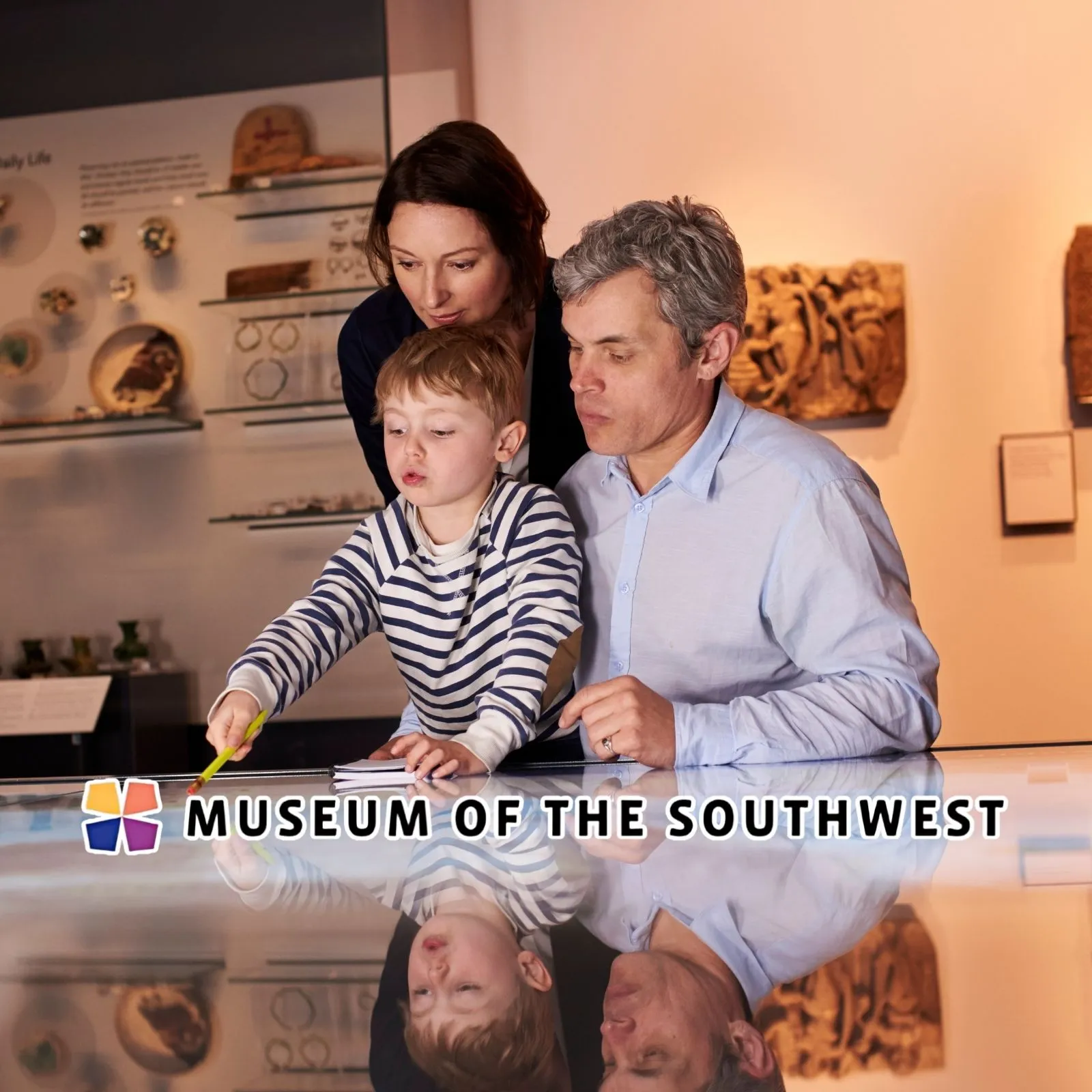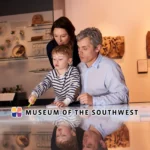History of Kermit, Texas: From Prairie Dust to Oil Boom and Beyond
Learn about the fascinating history of Kermit Texas, from its early days to its development into a vibrant community.
Early Days: A Harsh Land Waiting to Be Settled
Long before Kermit had a name, the land was open prairie—vast, dry, and rugged, with little more than brush and sky for miles. This area was once traversed by Native American tribes, particularly the Comanche, who moved through the Permian Basin following buffalo herds.
By the late 1800s, early ranchers and settlers began to arrive, attempting to make a living in the unforgiving terrain. With no rivers, sparse rainfall, and harsh summers, farming was next to impossible, but cattle ranching and sheep herding slowly took root. Life was tough, but the settlers were tougher.
The Town Gets a Name: Honoring Kermit Roosevelt
When the post office was established in 1910, the small community needed an official name. Residents chose to honor Kermit Roosevelt, the son of President Theodore Roosevelt, who had recently visited the area on a hunting trip.
And so, the town was officially named Kermit, Texas—a unique name for a unique place. At the time, Kermit was little more than a post office and a few scattered homesteads, but the seeds of something bigger had been planted.
Winkler County Is Born: Kermit Takes the Lead
In 1910, Winkler County was carved out of part of Tom Green County, and Kermit was designated the county seat. The town slowly began to grow as more ranching families moved in, setting up modest homes and businesses.
Still, development was painfully slow. There were no paved roads, no railroads, and very few resources. For more than a decade, Kermit remained a quiet, isolated settlement, largely forgotten by the outside world.
Black Gold Changes Everything: The Oil Boom of the 1920s and 1930s
Everything changed in the late 1920s when oil was discovered nearby in Winkler County. The Hendrick Oil Field became one of the most productive oil fields in Texas—and Kermit found itself at the center of it all.
Almost overnight, the town transformed:
-
Oil workers, drillers, and speculators flooded in
-
New businesses opened, from boarding houses to saloons
-
Roads were built, homes were constructed, and the town’s population exploded
-
Kermit was no longer a sleepy ranching town—it was now an oil boomtown
By the mid-1930s, Kermit had electricity, a school district, churches, and a growing downtown district. Oil had changed its fortunes, and the town was just getting started.
Boom and Bust: Surviving the Cycles of the Oil Industry
Like many oil towns, Kermit’s history has been marked by ups and downs, tied closely to the price and demand for oil. During boom years, the town thrived, with bustling streets, strong local businesses, and steady employment. But when prices dropped, layoffs followed—and Kermit had to adapt.
Through each cycle, the town found ways to survive:
-
Community leaders invested in schools and infrastructure
-
Small businesses diversified services beyond the oil field
-
Families leaned on faith, community, and grit to push through the hard times
It’s this resilience that defines Kermit—not just its growth, but its ability to rebuild again and again.
A School System That Built Leaders
In 1928, Kermit’s first public school opened, and education quickly became a central pillar of the community. Over the decades, Kermit Independent School District (KISD) expanded to include a high school, middle school, and elementary campuses that served not just the town, but the surrounding county.
Kermit High School, home of the Yellow Jackets, has produced generations of leaders, athletes, and professionals. From Friday night lights to science fairs and academic competitions, the school system has remained a point of pride for residents.
Today, investment in new facilities and updated programs keeps Kermit’s schools competitive and community-focused.
Main Street and the Businesses That Built the Town
Kermit’s early downtown was built from wood and grit—literally. Early businesses included barbershops, hardware stores, feed stores, and gas stations, many of which operated out of single-room buildings. As the town grew in the mid-20th century, downtown Kermit expanded to include:
-
Grocery stores and clothing shops
-
Pharmacies and medical offices
-
Restaurants and cafes
-
Movie theaters and local newspapers
Many of these were family-run businesses, passed down through generations. While some buildings have been replaced or repurposed, Kermit’s Main Street spirit still lives on in local shops and service providers who know their customers by name.
Faith, Family, and Community Values
Throughout its history, Kermit has been deeply rooted in faith and family. Churches have long played a central role in the town’s culture, offering not just spiritual guidance but also:
-
Community support during economic hardships
-
Events like Easter egg hunts, potlucks, and VBS programs
-
Youth mentorship and volunteer work
This foundation of values—faith, family, and hard work—has helped Kermit stay grounded, even when the world around it was rapidly changing.
Modern-Day Kermit: A City That Honors Its Past
Today, Kermit continues to evolve while maintaining its small-town heart. With a population hovering around 6,000, the town still serves as a vital part of the oil industry in the Permian Basin, but it has also embraced new technologies, educational programs, and public services.
Kermit is home to:
-
Modern schools with updated facilities
-
Recreational parks and community centers
-
Local festivals and parades that bring the town together
-
A spirit of entrepreneurship and small business support
Through good times and bad, Kermit has held tightly to its roots while moving forward with pride.
Landmarks and Symbols of Kermit’s History
If you visit Kermit today, you’ll find signs of its past everywhere:
-
The Winkler County Courthouse, a symbol of justice and government since 1939
-
Historic oil derricks displayed in public parks, honoring the industry that built the town
-
Vintage signage on old buildings downtown
-
The public library and museums that preserve photos, documents, and oral histories
These landmarks are more than just structures—they’re reminders of the town’s journey, its setbacks, its triumphs, and the people who made it all happen.
Famous Faces and Local Legends
While Kermit may not be known for celebrities, it has produced its share of local legends—people whose names carry weight in the community. Ranchers, oilmen, teachers, and public servants have shaped the town through decades of dedication and hard work.
One notable fact: Kermit is just down the road from Wink, Texas, the childhood home of rock legend Roy Orbison. The connection adds a touch of musical lore to the region and is a fun footnote for visitors exploring West Texas culture.
Conclusion: Kermit’s History Is a Testament to Texas Toughness
The story of Kermit, Texas is one of determination, resilience, and community strength. What started as a handful of homesteads on a dry prairie has become a town with a rich identity rooted in oil, ranching, and deep community bonds. Through booms and busts, dust storms and drilling rigs, Kermit has never lost its sense of purpose—or its pride.
Today, Kermit stands as a symbol of what it means to build something lasting in a place that doesn’t give anything away easily. It’s not flashy, but it’s real. It’s not perfect, but it’s strong. And for those who call it home, Kermit is more than just a dot on the map—it’s a legacy worth celebrating.











